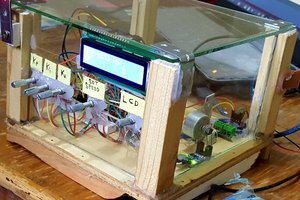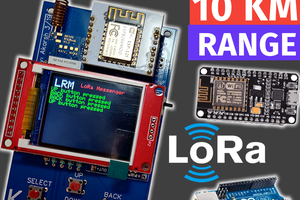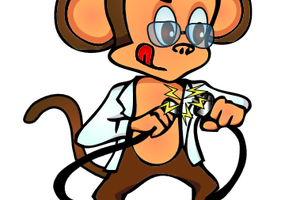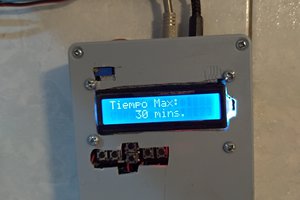Have you ever experienced or observed physical inconvenience, especially difficulties in arm motion? In these situations, the simplest daily activities like reaching out to fetch a bottle of water may require extra medical care. Sadly however, less than 1% of ;the millions of people with arm loss throughout the world are provided with adequate prosthetic assistance.
Fortunately, HEADS is making a difference. For most people, head movements are relatively free, hence prothesis controlled by head motion is considered a great option. Better, motion sensing, the gesture recognition method employed by HEADS, surpasses its counterparts, as current fields of study mainly focus on electromyography(EMG), electroencephalogram(EEG), and camera based gesture recognition, which have problems including low accuracy, limited sphere of detection, and high cost.
The project Head-controlled Electrical Arm Directive System, short for HEADS, presents a robotic system controlled by head motion captured by inertial and magnetic measurement units (IMMU). With simple movements of the head, users can control the robotic system to complete actions including but not limited to grasping, bending and rotating. With its low cost, simple structure and user-friendly design, the system enables the disabled to perform daily activities as common people, thus making their life easier and boosting their self-esteem. The system can also be applied to remote control to complete work in dangerous environment or motion sensing games to improve the player’s experience.
 ryuu.nancy
ryuu.nancy


 ehughes
ehughes
 Salvador Flores
Salvador Flores